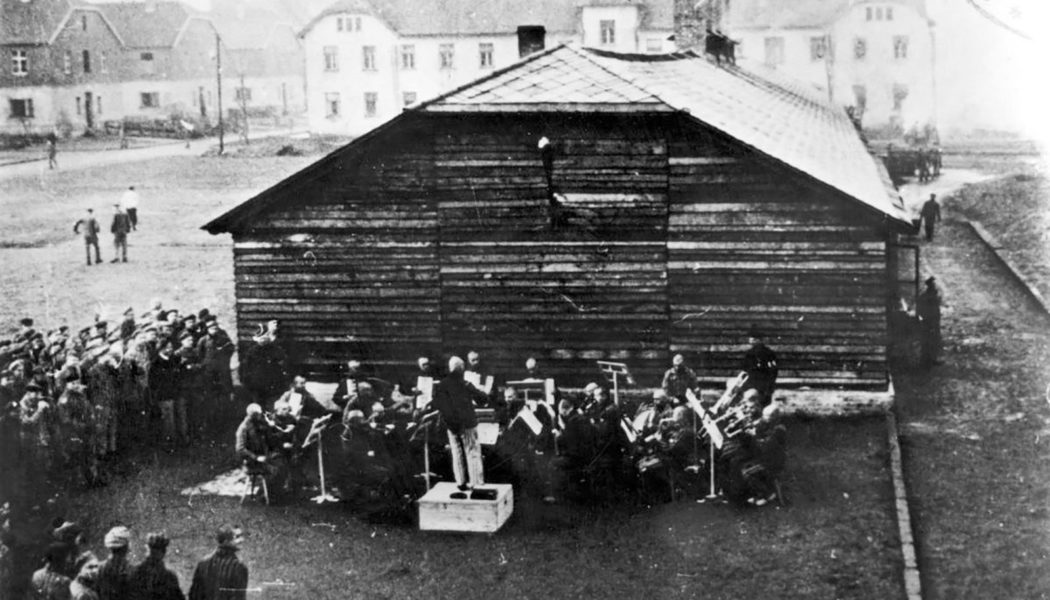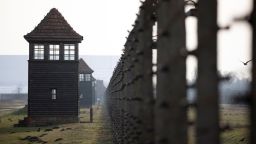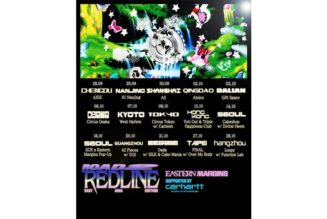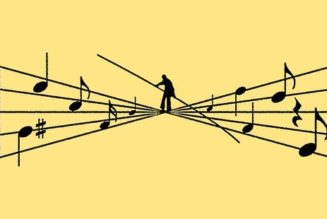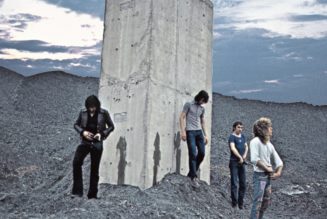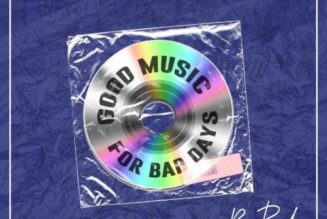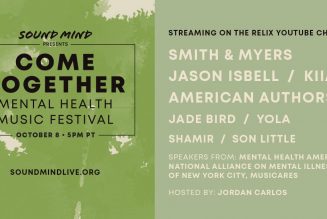CNN
—
Fragments of musical scores discovered at Auschwitz will be played for the first time next week after being painstakingly restored by a composer.
Leo Geyer, 31, who is also a conductor, said he stumbled upon the collection of musical manuscripts by accident during a visit to Auschwitz in 2015.
Geyer was visiting the former Nazi concentration camp after he was commissioned to compose a musical score in memory of Martin Gilbert, the British historian and holocaust expert who died in the February of that year.
Not Jewish himself, Geyer traveled to Poland to gain a “sense of the gravity” of Gilbert’s work. While there, he met with an archivist at the Auschwitz-Birkenau memorial and museum, who mentioned they had remnants of musical scores arranged and played by orchestras at the camp.
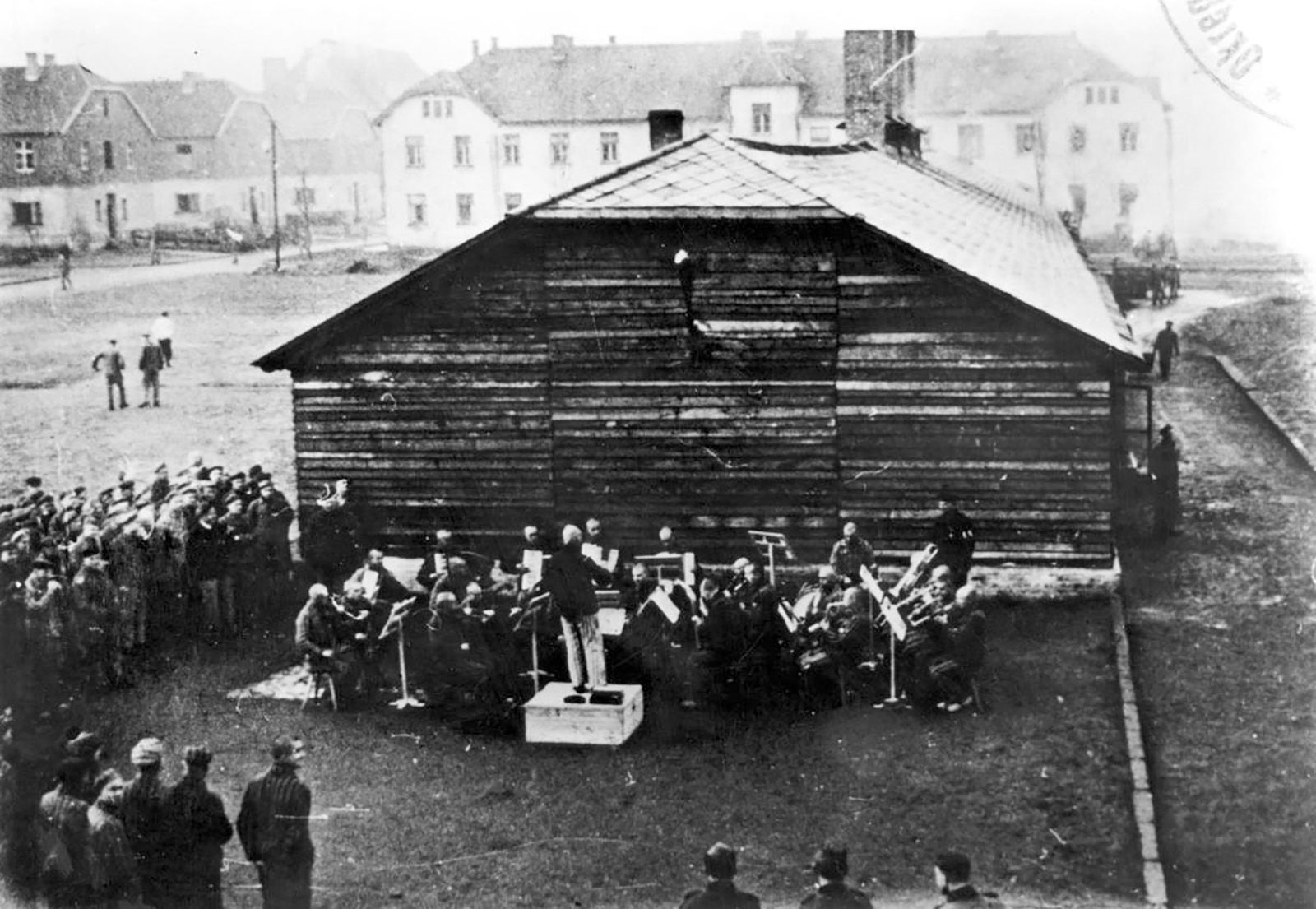
“I knew there were orchestras in Auschwitz and that was what we were talking about because, as a musician, it was something I was interested in,” said Geyer in a telephone interview with CNN Thursday.
“It was only then that he mentioned about the manuscripts in the archive. I nearly fell over when he first told me – I couldn’t believe such a thing had gone almost unnoticed for almost 80 years.”
A month later, Geyer returned to Poland to inspect the scores.
“That’s when I understood why it had taken so long for people to take an interest,” he said, explaining that the archive contains “210 pieces of music of varying levels of completion.”
“The music had been mostly destroyed so what remains is almost like a broken jigsaw puzzle, except there are several and they are all mixed in together,” he said, adding that he has since returned a further four times

Geyer, who is undertaking a doctorate in music and composition at Oxford University, said he was determined to recreate the pieces and bring them to life. He’s carried out extensive research into testimonies from Auschwitz and the history of music at the camps.
He told CNN that most concentration camps had some form of an orchestra made up of prisoners playing whatever instruments were available to them.
“There were, at one point, as many as six orchestras at Auschwitz and they were all very much sanctioned by the SS and in some cases commissioned by the SS,” he said.
“For the most part they were quite small and had a bizarre hodge podge of instruments,” he said, adding that accordions and saxophones – not featured in traditional orchestras – were especially common. Other instruments, like oboes and bassoons, were totally absent.

“In the women’s orchestra of Birkenau there was no cellist for years until they managed to get one,” he said.
That cellist was Anita Lasker-Wallfisch. She survived the holocaust and still lives in Britain today. Her grandson Simon Wallfisch, a baritone, will be part of the performance at London’s Sadler’s Wells Theater on Monday.
Recalling her experience in an online interview with the Holocaust Memorial Day Trust, Lasker-Wallfisch said: “That I survived nearly one year in Auschwitz is without any doubt due to the fact that I became a member of the camp orchestra. As long as the Germans wanted an orchestra, it would have been counter-productive to kill us.
“Our task consisted of playing every morning and every evening at the gate of the camp so that the outgoing and incoming work commandos would march neatly in step to the marches we played. We also had to be available at all times to play to individual SS staff who would come into our block and wanted to hear some music after sending thousands of people to their death.”

‘A chink of daylight in the darkness’
The orchestras sometimes played for other prisoners in secret, said Geyer.
“Many people were extremely grateful for the music that they heard, it gave them some sense of normality in an otherwise unimaginable place – a chink of daylight in the darkness.”
There were also occasions of music being used to rise up.
“Many of the musicians started to rebel with what we call musical crypograms, which is where you have messages in some way in the music,” said Geyer, describing “brazen” acts such as weaving the Polish national anthem into marching music.
Many of the pieces that Geyer uncovered are incomplete and some were burned around the edges. His task was to piece matching sections together and recompose the missing parts.
“There’s quite a mix,” said Geyer. “There’s some printed music which is of little interest. The more interesting thing is music where they’ve written compositions or arrangements from memory.”
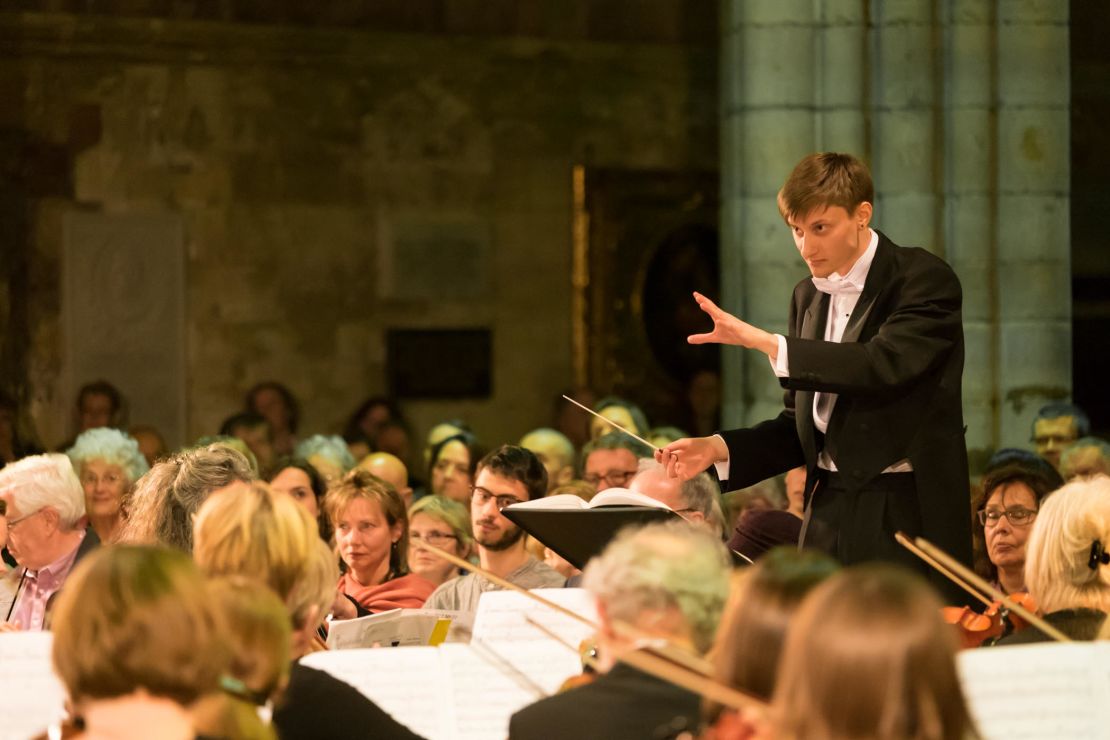
“It’s an astonishingly difficult thing to do. It’s like trying to remember a novel, word by word, but music is immensely more complicated,” with many different instruments to account for, he added.
Four of the restored pieces will be performed by Constella Music, Geyer’s creative powerhouse whose work spans opera, dance, film and concert music, at Sadler’s Wells. “Orchestras of Auschwitz” will be performed as part of a concert to celebrate Constella Music’s tenth anniversary.
It will be played as it might have been at the time, with accordions and saxophones and no woodwind instruments.
“It sounds almost sinister,” said Geyer, who added: “We are putting this event on to raise awareness and funding so that we can finish the rest of the job and present the full series so that people can hear this music around the world.”
